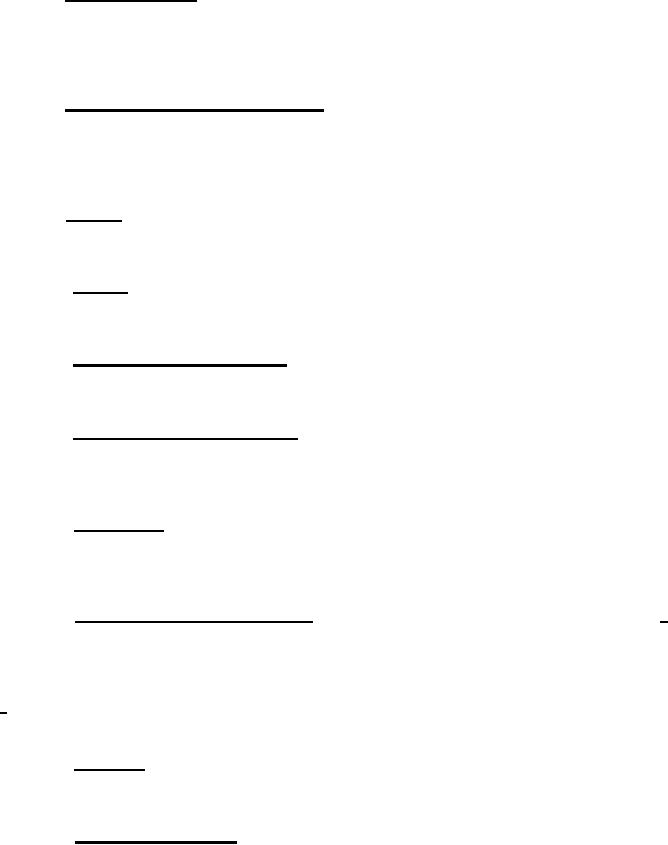 |
|||
|
Page Title:
High and low temperature operation |
|
||
| ||||||||||
|
|  MIL-V-27296C
4.6.7 Exhalation resistance. The following test shall be performed: Open wolves 1, 2, and 8 and close valves
3,4,5 and 7 shown on figure 6. Vary the pressure source B in order that flows in the range of O.l to 50 liters per
minute may be observed on rotometers 1 and 2. The differential pressure, read on water column B, shall be
between 0.1 and 1.5 inches of water (gauge). However, over the flow range of 0.1 to 1.0 liters per minute, water
column B shall not exceed 0.70 inches of water (gauge).
* 4.6.8 Exhalation resistance - pressure breathing. The following test shall be performed: Open valves 1,2,3
and 8 and close valves 4, 5 and 7 shown on figure 6. Regulate pressure source B to obtain flows in the range of 0.1
to 50 titers per minute, read on rotometer 1 or 2. Set pressure source A within the range of 0.5 and 14 inches of
water pressure (gauge), read on water column A. The differential pressure read on water column B shall be
between 0.1 and 1.5 inches of water (gauge).
4.6.9 Overload. A pressure of 20 inches of water (gauge) shall be applied for a period of 2 minutes to both the
hose attach port and mask sides of the valve. The valve shall not leak in excess of 1.0 liter per minute under these
conditions.
4.6.10 Capacity. With a regulator pressure of 0.5 to 14 inches of water (gauge), the flow shall be increased
through the range of 10 to lOO 1iters per minute. The differential pressure indicated on water column B shall not
exceed 2.6 inches of water (gauge).
4.6.11 Leakage - suction high inlet valve. A suction of 20 inches of water (gauge) shall be applied to the
hose attach port side of the valve. Back leakage through the valve shall be not more than 150 milliliters per
minute.
0
4.6.12 High and low temperature operation. The valve shall be exposed to temperature of +160 F and -40F
for 4 hours at each temperature. After each exposure and while still at the test temperate, the valve shall be
tested as specified (see 4.6.6, 4.6.7 and 4.6.8). For the low tempemture exposure, the flow rates shall be in the
range of 4.0 to 50 liters per minute instead of O.1 to 50 liters per minute.
4.6.13 Burst pressure. A pressure source which can be regulated within the range of 0 to 10 PSIG shall be
connected to the lower protuberance of the valve. In the hose, between the regulated source and the valve, insert a
tee connection to which is connected a manometer or gauge, calibrated in pounds per square inch Rupture shall
not cccur at less than 5 PSIG.
0
0
4.6.14 Low temperature storage and vibration. The valve shall be subjected to a temperature of -65 F + 5 F
and to vibration at this temperature for a period of not less than 3 hours. The vibration shall be between 500 and
3,000 cycles per minute and shall be of such an amplitude that a point of the valve will describe, in a plane
0
inclined 45 to the horizontal, a circle of not less than 0.018 inch nor more than 0.020 inch diameter. After the 3-
0
hou0r period the vibration shall be discontined and the valve shall be further cooled to a temperature of -85 F
+ 2 F. After 48 hours at this temperature, the valve shall be allowed to reach room temperature and then shall be
subjected to the test specified (see 4.6.9).
4.6.15 Oriention. The test specified (see 4.6.3, 4.6.6, 4.6.7, and 4.6.8) shall be repeated with the reference
axis of the valve in a horizontal position. The differential pressure indicated on water column B shall not increase
by more than 0.5 inch of water (gauge) over the values previously measured at each point.
4.6.16 Effects on communication. Subjective tests shall be performed on the valve to determine effects of
valve operation in regard to communications. The valve to be tested shall be installed in an MBU-5/P pressure-
breathing mask conforming to MIL-M-27274 or an MBU-12/P pressure-breathing mask conforming to MIL-M-
87163, as applicable, and shall be equipped with a type M-100/AIC or M-169/AIC microphone, as applicable,
conforming to MIL-M-26542/3 or/12. This microphone shall be connected to a Type AN/AIC-18
10
|
|
Privacy Statement - Press Release - Copyright Information. - Contact Us |